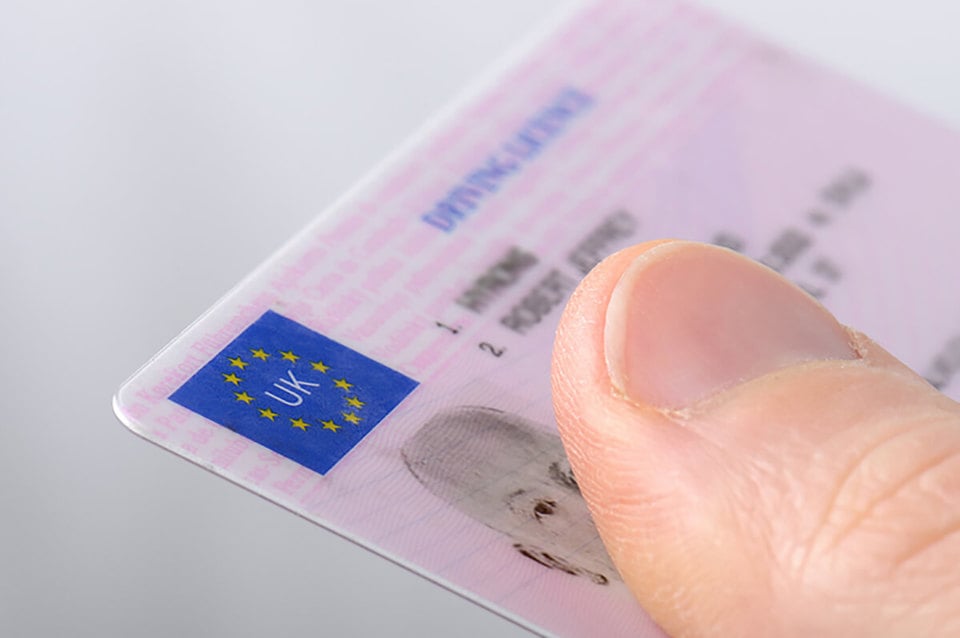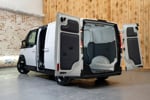More than two thirds (69%) of respondents to a Government consultation believe drivers should be automatically entitled to drive vehicles up to 7.5 tonnes when they pass their driving test.
The Department for Transport (DfT) consultation, launched in August 2022, sought views on a series of changes to the driving licence regime, including allowing drivers to get behind the wheel of a vehicle weighing up to 7.5 tonnes, having only passed their car driving test.
In a snap Fleet News online poll, held at the time, fleets were divided over widening a car driver’s entitlement to heavy vans and trucks, with more than half (53.4%) of respondents against the idea.
However, in analysis of responses to the DfT consultation published today (Wednesday, June 7), there appears to be support for the change, despite some safety concerns.
Currently, a category B (car) licence entitles holders to drive vehicles up to 3.5t and alternatively fuelled vehicles up to 4.25t (the latter with five hours of additional training) for commercial carriage of goods.
The C1 licence covers medium-sized vehicles from 3.5-7.5t, plus a trailer of a maximum authorised mass (MAM) of up to 750kg, which amounts to a combined total of 8.25t.
Drivers who passed their car test prior to January 1997, also gained entitlement to drive a light lorry or heavy van (C1) without the need for a separate test.
Those drivers retained the right to drive a vehicle up to 8.25t when, thanks to an EU directive, a separate test to obtain C1 entitlement was introduced.
DfT statistics suggest that following the introduction of the new testing regime, the number of C1 vehicles and their mileage has more than halved, down by 58%, from around 2.9 billion miles in 2000, to 1.2bn miles in 2019.
The distance lighter vans travelled over the same period increased by 71%, while HGV mileage has remained relatively flat.
The DfT consultation reveals that more than two-thirds (69%) of the 2,000-plus respondents support the entitlement change, while around a quarter (27%) said do not. A small number (3%) said they did not know.
Those who did not believe that C1 entitlement should be automatic upon passing a car test highlighted the size and weight difference of C1 vehicles to cars and the risk of having an accident could be increased.
One respondent wrote: “These larger vehicles require a higher standard of driving and medical fitness to be in place. Without the requirement for further training there would be an increase in accidents and incidents including fatalities.”
The vast majority of respondents, however, did agree that there should be an age restriction to being granted the C1 entitlement upon passing a Category B driving test.
Of 1,900 consultees who answered the question, most (89%) agreed, including two-thirds (65%) who thought it should be 21 years and above, while around one in eight (12%) thought it should be from 18-plus.
A further one in eight consultees (13%) specified a different age which ranged from aged 19 to over 30 years of age.
Most (90%) also believed that there should be a minimum period of time that a driver should hold a car licence before being allowed to drive a C1 vehicle
This included half (50%) who thought there should be a minimum period of time of two years and approaching one quarter (23%) thought it should be one year.
Just one in ten (10%) did not think that there should be a minimum period of time.
Potential savings from licence change
The survey results suggest that the majority of respondents also believe that they could make savings as a result of the proposal.
Some, however, believe that the proposal could increase insurance premiums and additional training costs.
One respondent wrote: “Insurance costs would likely rise by allowing untrained and untested drivers to drive large vehicles. This has not been thought through in my opinion, you only have to look at the way ‘white van man’ drives to know this. Also CPC training would need to be completed before anyone could drive.”
In terms of benefits, the main comment received was that the proposal, if implemented, would help alleviate driver shortage.
Other comments included that there would be efficiencies as it would allow more single loads and/or bigger deliveries, that job opportunities would be created and that there would be benefits with allowing more people to drive C1 vehicles in general.
“It would be much more efficient to run a single trip in a 4,600kg van than to be restricted to multiple trips in a 3,500kg van,” said one respondent.
In terms of the Driver Certificate of Professional Competence (DCPC), consultees were asked if they thought there are specific purposes of driving C1 vehicles that should be exempted from DCPC for driving in the UK.
Over two-fifths (43%) indicated that there should be, while around one-third (35%) did not think there were specific purposes. Around one in five (22%) did not know.
The main comment was that there should be DCPC exemption for private and non-commercial use of C1 vehicles.
Other comments received included that motorhomes and campervans should be exempted, vehicles driven for leisure purposes, for emergency service ambulances and emergency service vehicles in general, and horseboxes.
The DfT says it is considering responses to the consultation before deciding what changes may be taken forward.





















Login to comment
Comments
No comments have been made yet.